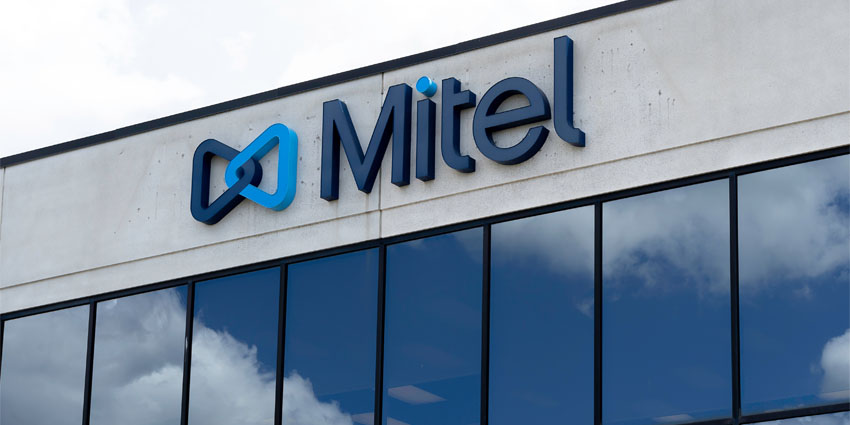IR.com have been monitoring and managing the performance of hardware and software since 1988, because business technology users have always demanded high standards of service from the tools in which they invest. From operating systems to payment services, business-critical solutions have always depended on accurate metrics and performance management, to meet the expectations of end users.
Monitoring UC
Few of us need reminding of the early days of video communications and the quality issues we endured in the early part of the century, and it’s easy to forget how far and how fast the technology has progressed – from the first conferencing platforms and video-calling to the nimble app-driven and browser-based solutions we hop on and off today. Now that fast connectivity and transfer speeds are expected across all business communications, user expectations have accordingly kept pace – and SLAs for vendors are tighter than ever.
As IR.com’s Martin Wilkinson, Head of Professional Services, Europe, explains, the provision of accurate data can help organisations optimise their customer solutions, while metrics from a third party offer neutrality and independence. “Different departments have different viewpoints. If there are problems with quality of service, the UC admin is going to have a slightly contrasting view of it to the network admin, and our data can help bring those two departments together to understand what’s happening. We can be the impartial referee in the middle.”
Pre-emptive fixes
“If we can pinpoint the challenges being faced, we can often fix it before it becomes a problem for the end customer,”
…continued Wilkinson, which is what everyone wants to achieve.
Quality of service issues like jitters in video calls remind everyone that the seamless connectivity we take for granted actually depends on so many different factors, some of which are easier to control than others. “For the managed service providers we work with, they have very tight SLAs in place with their clients, and we can be the key cog in that, by providing detailed analytical reports to prove they have met their end of the agreement – even if the customer’s network side has had issues affecting call quality”.
QoS and the Future
As bandwidth and connectivity continue to improve in both volume and availability, Wilkinson has no doubt that standards of communication expectation will rise to meet them – making the management of those expectations an ongoing issue. “We’ve come so far in the way we take video calls for granted – perhaps in the future we’ll be doing hologram conferences, like in Star Wars, it’ll be like we’re all sitting in a room together…”
But the more our communications solutions create the illusion of reality, the more disruptive any QoS failures will be – no-one’s going to put up with a jittery hologram, that snaps them out of the shared reality. Wilkinson reminds us:
“And as business travel gets more and more costly, from the perspective of both the bottom-line and the environment, we can expect cloud-based video meetings to continue to proliferate”
Monitoring, troubleshooting and optimising the complex array of technologies in the background is what enables us all to take this ease of communication for granted, and will continue to be more and more necessary as our world becomes increasingly virtual and connected.







